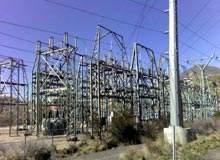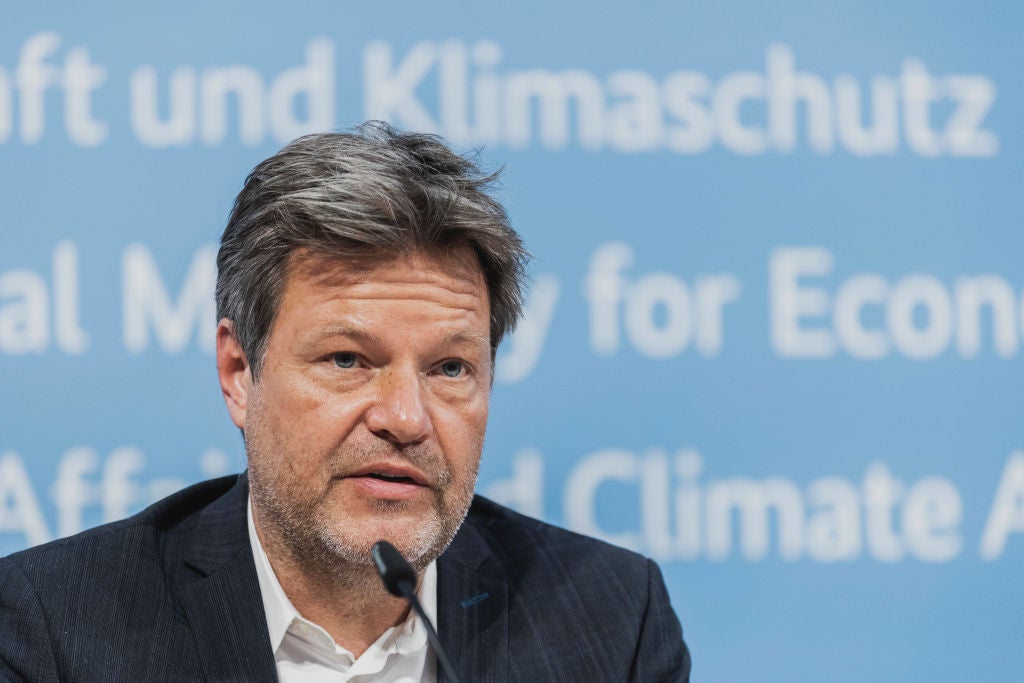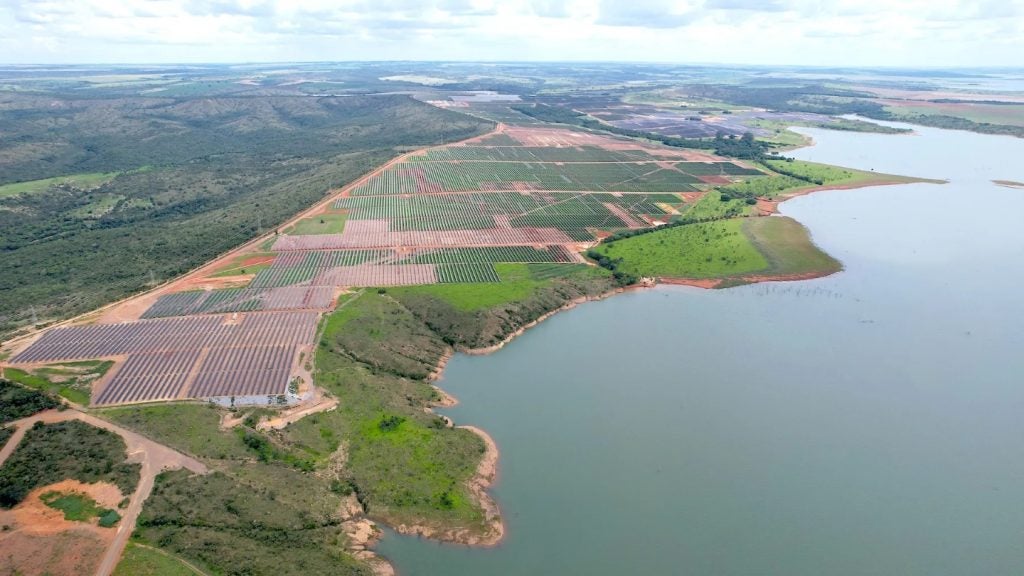
An increasing number of utilities are looking at reducing peak power requirements by adding intelligent metering systems that, among other things, help schedule consumer demands.
A recent example of such smart grid systems comes from GridPoint, which takes its place alongside existing systems from companies such as EnerNOC, teamed with Echelon. The promise is a futuristic grid that can instantly respond to customer demands to (for example) cut peak loads. Perhaps the major question is, who will fund such a major modernisation programme?
Returns will be difficult to quantify, as commented on by Duke Energy. There are financial benefits for utilities, but they are limited. Rescheduling loads is perhaps the major one, since peak loads are often supplied by a utility’s oldest, most polluting plants.
However, even rescheduling loads is not itself particularly environmentally ‘friendly’ if baseloads are still being supplied by fossil fuels or nuclear power. More important is to reduce the baseloads themselves.
Smart grids will also help utilities to take advantage of future technologies. GridPoint, for example, produces a computer-controlled battery system that can be charged by renewable sources such as wind and photovoltaic cells. These storage elements can be distributed round a network, with the background charging directly reducing, rather than just rescheduling peak power.
See Also:
Bringing ‘future’ technologies on line will by definition take time and we need to act in the meantime. Looking at smart grids environmentally, it is easy to see there is a trap. Adding meters in itself does nothing to reduce energy consumption.
How well do you really know your competitors?
Access the most comprehensive Company Profiles on the market, powered by GlobalData. Save hours of research. Gain competitive edge.

Thank you!
Your download email will arrive shortly
Not ready to buy yet? Download a free sample
We are confident about the unique quality of our Company Profiles. However, we want you to make the most beneficial decision for your business, so we offer a free sample that you can download by submitting the below form
By GlobalDataWith the associated installation costs, meters are relatively expensive except for new builds and building refurbishments. Elsewhere they can just take up money that would otherwise go on real energy improvements, and give a lot of data that may or may not be used. All this is particularly important for developing countries, where energy investments will be necessarily limited.
DEJA VU
Much early practical research on energy efficiency in buildings and industrial processes was done in the UK in the 1980s and 1990s. One key finding was that companies need to monitor their energy consumption to detect waste. In the 1990s, British energy consultants produced a whole range of software packages to do this. Unfortunately, most were based on complex databases, and the consultants recommended starting off by installing extensive metering to study consumption patterns. Then, most of the huge amount of data from all the different meters was often simply not used.
The same consultants went on to help companies considerably reduce their energy bills by making the relatively inexpensive technical improvements that energy efficiency normally requires. The British Government’s Energy Efficiency Office at the time estimated that investments were being repaid by a factor of 7:1. The high up-front energy survey and energy metering costs were largely unnecessary, however, and put companies off making the improvements.
Only two small consultants/software suppliers at the time went against the conventional wisdom. Peter Harris and Vilnis Vesma recommended working from existing meter readings and looking top-down at energy bills.
Big users of ‘smart’ meters end up drowning in data, always have done” remarks Vesma. “Software should do an across-the-board assessment of actual against expected consumption once a week, tell you where your most expensive deviations are, and then allow you to view the fine detail of the data if you want.”
Harris and Vesma used simple, spreadsheet-based software that identified changes in energy trends. These, when you trace back to what caused them, often indicate energy waste; a timer or controller stuck on, for example.
The calculations allow for output levels, and in buildings involve summary weather data. Harris and Vesma used cusum (cumulative sum) calculations to find the trends, which in quality improvement terms would be finding the special causes thrown up by the three-sigma limits.
Such indications of waste allow maintenance engineers to find and make the improvements that keep buildings and processes working as efficiently as possible – within the limits allowed by the design of the equipment they are using. Then, when buildings and processes are refurbished or upgraded, energy-efficient equipment should be built in at the design stage.
The purchasing department should take decisions on the basis of real costs, which include, for example, future energy costs.
In quality improvement terms again, companies get their energy consumption processes stable, and then continually improve the process quality, thereby continually reducing waste. Relying on inspection is already too late in the process since you’re already wasting energy. Instead, you improve the process to prevent waste from happening.
THE WAY FORWARD
Utilities should not believe that meters will in themselves help their customers save appreciable energy. Energy reductions need a strategy, which needs to be based on the evaluate/plan/do/check improvement cycle. You cost the different improvements possible at each site, plan and implement the most cost-efficient ones, and then monitor performance.
Besides electricity supplies, efforts should cover oil and gas systems, and should also include all the improvements that repay within, say, five years (low-energy lighting, improved control and maintenance, better insulation and so on). The decisions simply come down to energy payback times, with the most effective energy-conserving measures giving by definition the largest savings.
Smart meters then take their place amongst the other possible improvements – judged solely on repayment times. Otherwise, existing meter readings should check that the energy-consuming ‘processes’ in buildings and industry are working as planned.
For most households, a single electricity meter reading is enough. For company buildings, too, a single electricity reading gives the single most important piece of information: the total electricity use. Oil, gas and water can be similarly monitored.
That approach reduces the size and cost of the renewable supplies that will be needed, and reduce a utility’s baseload power. That is where the real environmental benefits lie, and the real financial benefits for a utility’s customers.
Whether utilities will help their customers make such fundamental energy savings is a different matter. Perhaps the major disadvantage of a privatised utility industry is that is has little incentive to help customers save energy – that just cuts its own profits. Tougher environmental regulations on building new plants is making it worthwhile, though, and rising energy prices will force customers to, for example, turn down the air conditioning whether the building is comfortable or not.
Energy savings can be some of the safest of investments, but it will take an innovative approach to take advantage. Utilities are in a unique position to help. Some are already looking at gaining revenue streams from leasing renewable supplies to customers.
But they should go beyond this. Utilities should consider sending free energy improvement teams on the request of customers to make the profitable energy-efficiency improvements, with the future fuel savings going to repay the initial costs. That would also use existing meter readings most intelligently – to check that improvements are working and that you are flagging waste.





